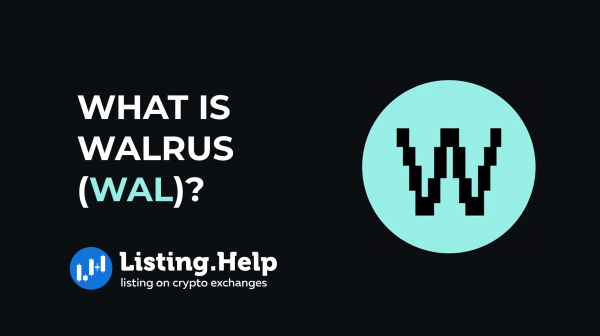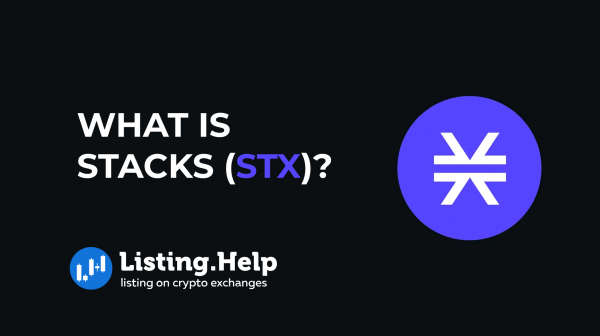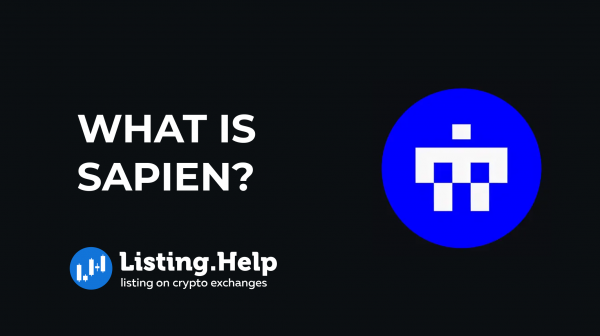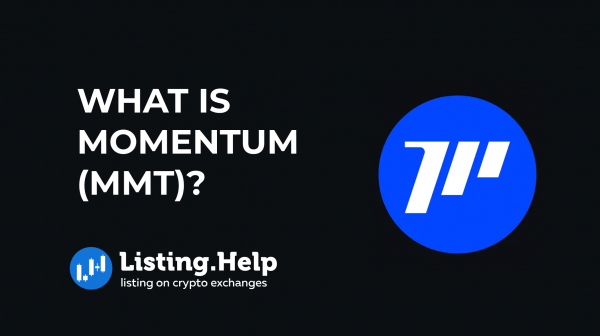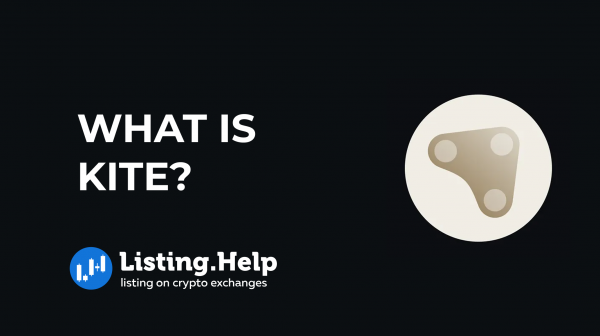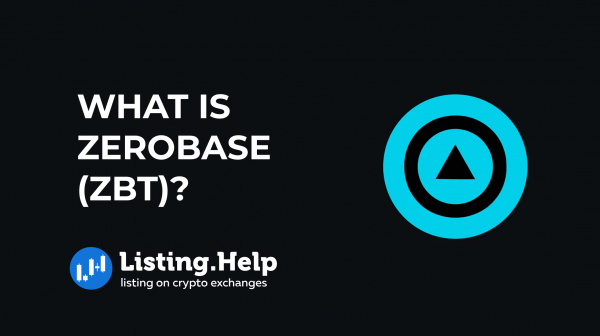What is a Bonding Curve in Crypto?
 February 16, 2025
February 16, 2025 Updated: February 19 2025, 06:12
Updated: February 19 2025, 06:12
LEAVE A REQUEST
Launching your own token project? Our experts are ready to help with listing on exchanges, market making, marketing and other solutions
SUBMIT APPLICATIONSupply and demand have influenced markets for centuries, shaping everything from the cost of luxury items to everyday essentials. But how do these economic forces apply to the crypto world, where assets exist only in digital form?
One mathematical concept that plays a major role in crypto economics is bonding curves. These models define how an asset’s price changes based on its supply.
In a typical bonding curve system, prices go up as more tokens are bought and fall when tokens are sold or removed. This structure often benefits those who enter the market early, as they acquire tokens at lower prices before demand pushes values higher.
Bonding curves serve as a core mechanism in tokenomics, helping to automate pricing, liquidity, and distribution. Platforms like pump.fun use them to structure token sales and manage asset flow efficiently.
Given their importance, let’s take a closer look at how bonding curves work, their different types, and their role in the crypto market.
What Are Bonding Curves?
Bonding curves are mathematical formulas that link an asset’s supply to its price. Instead of relying on traditional market dynamics, these formulas allow pricing to be determined automatically through an algorithm.
The idea mirrors how real-world resources behave—when something is scarce and demand rises, prices increase. Bonding curves bring this logic to crypto, ensuring token prices adjust in response to supply changes.
Smart contracts handle the pricing mechanism, executing transactions transparently and without the need for intermediaries. This ensures a decentralized, automated process that aligns with blockchain principles.
Practical Use of Bonding Curves
Bonding curves are widely used in decentralized finance (DeFi) and related areas. They help structure token sales, create liquidity pools, and support community-driven funding models. By integrating bonding curves, projects can ensure that early supporters benefit while also maintaining long-term sustainability.
These mechanisms offer a flexible way to manage token distribution and investment opportunities:
- Token sales can be structured with bonding curves to control supply and pricing.
- Liquidity pools use bonding curves to keep markets stable.
- Decentralized governance models can incorporate them, allowing token holders to influence decision-making.
- Projects can adopt continuous funding approaches instead of relying on one-time investments.
- Community-driven models benefit from bonding curves by encouraging participation and long-term commitment.
How Do Bonding Curves Work?
Bonding curves operate on a straightforward principle: as more tokens are bought, the supply in circulation increases, typically driving prices higher. On the other hand, when tokens are sold, supply decreases, leading to a drop in price.
To understand this, consider a new project that introduces tokens through a bonding curve. At launch, with a limited supply, the earliest buyers acquire tokens at a low price. If interest in the token grows and more people purchase it, the supply expands, new tokens may be minted according to the curve, and prices rise.
This automated pricing model helps maintain liquidity, as transactions occur based on predefined mathematical rules. Different projects can design their own bonding curve structures, selecting models that align with their goals. Though various forms exist, the most commonly used bonding curves are linear, exponential, and logarithmic.
Linear Bonding Curves
A linear bonding curve follows a simple pattern: the price of a token increases at a consistent rate as more tokens are introduced into circulation. Each new token minted or sold raises the price by a fixed amount. This approach provides a predictable pricing structure, making it easier for participants to anticipate price movements.
Linear models are often used when projects want steady price appreciation without extreme fluctuations.
Exponential Bonding Curves
In an exponential bonding curve, price increases are not fixed but accelerate as supply grows. If the token demand doubles, the price rises more than twice as much, making this model more volatile.
These curves tend to favor early buyers, who acquire tokens at a low price and can potentially sell them at much higher values as demand spikes. Since this model rewards early adoption, projects aiming to attract initial interest often use it. However, while early buyers take on more risk, they also have a greater chance of making substantial returns if the project succeeds.
Logarithmic Bonding Curves
A logarithmic curve follows a different pattern: the price rises quickly at first, but as more tokens enter circulation, the rate of increase slows down. This structure still benefits early buyers, as they purchase at lower prices during the initial phase of rapid growth. However, as the supply expands, the price stabilizes, making it more accessible for later participants.
Projects using logarithmic curves often leverage the early price surge to generate liquidity while maintaining long-term affordability for broader adoption.
Other Variations in Bonding Curves
Beyond these three common models, there are alternative bonding curve designs used in decentralized finance. Some projects use step-function bonding curves, where prices increase only at specific milestones. Others implement S-curves, which feature a period of slow growth, followed by rapid expansion, and then stabilization.
Another variation is the inverse bonding curve, where initial token prices start high but decrease as supply increases, allowing later participants to buy in at lower costs.
By selecting the right bonding curve, crypto projects can shape pricing dynamics, encourage participation, and manage liquidity in a way that aligns with their overall strategy.
Benefits of Bonding Curves
Incorporating bonding curves into token models offers several advantages that can strengthen a project’s economic structure. By defining how supply affects price, they make token pricing transparent, giving participants a clear understanding of how value is determined. This structured approach also helps prevent market manipulation, ensuring a fairer distribution and reducing the dominance of large holders.
Another advantage is the ability to create a steady funding mechanism. Instead of relying solely on initial sales, projects can generate funds continuously as demand grows. Bonding curves also allow pricing to adjust in real time, making them more adaptable to market shifts.
- Clear pricing rules help users make informed decisions.
- A fairer distribution lowers the risk of large holders controlling the market.
- Ongoing funding supports long-term project sustainability.
- Prices adjust dynamically based on demand, keeping the model flexible.
- Well-structured bonding curves encourage community participation.
Challenges and Risks
While bonding curves offer significant benefits, they also present challenges that require careful planning. The way a curve is structured plays a major role in determining its success. If poorly designed, it can lead to erratic pricing or insufficient liquidity, making it difficult for users to trade effectively.
Market volatility is another factor. Rapid price swings can impact how well the curve functions, potentially discouraging participants. Education is also essential—if users don’t fully understand how bonding curves work, they may find the system confusing or unpredictable.
To manage these risks, projects need to continuously monitor and adjust their curves as needed. Transparent communication about potential downsides can also help build trust among users.
- A flawed curve design can cause instability or liquidity issues.
- Market fluctuations may weaken the curve’s effectiveness.
- Clear education is needed to prevent misunderstandings.
- Ongoing adjustments help maintain balance over time.
- Honest discussions about risks strengthen user confidence.
Conclusion
Bonding curves provide an effective method for managing token pricing and distribution in decentralized finance. By establishing a direct link between supply and price, they create structured incentives that can encourage community participation and contribute to a project’s long-term viability.
Additionally, projects looking to list a token on a cryptocurrency exchange can benefit from bonding curves by ensuring liquidity and stability, which are crucial for meeting listing requirements.
Many exchanges, including Bybit, KuCoin, and Gate.io, evaluate a project’s liquidity and market stability before approving a token listing. A well-designed bonding curve can ensure that the token price is not easily manipulated, making it easier for projects to qualify for listings.
Additionally, exchanges often charge a listing fee, which can be costly for new projects. Bonding curves allow tokens to generate funds gradually, which can help cover expenses such as listing fees while ensuring price stability before launching on a major exchange.
However, their success depends on thoughtful design and careful implementation. Poorly structured curves can lead to pricing issues or liquidity challenges, making it essential for projects to plan accordingly.
As blockchain technology evolves, bonding curves will likely remain a key component of token economies. A solid understanding of how they function can help both investors and developers navigate the market with greater confidence and make more strategic decisions.

For more insights and updates on the crypto world, don’t forget to check out our blog at Listing.Help




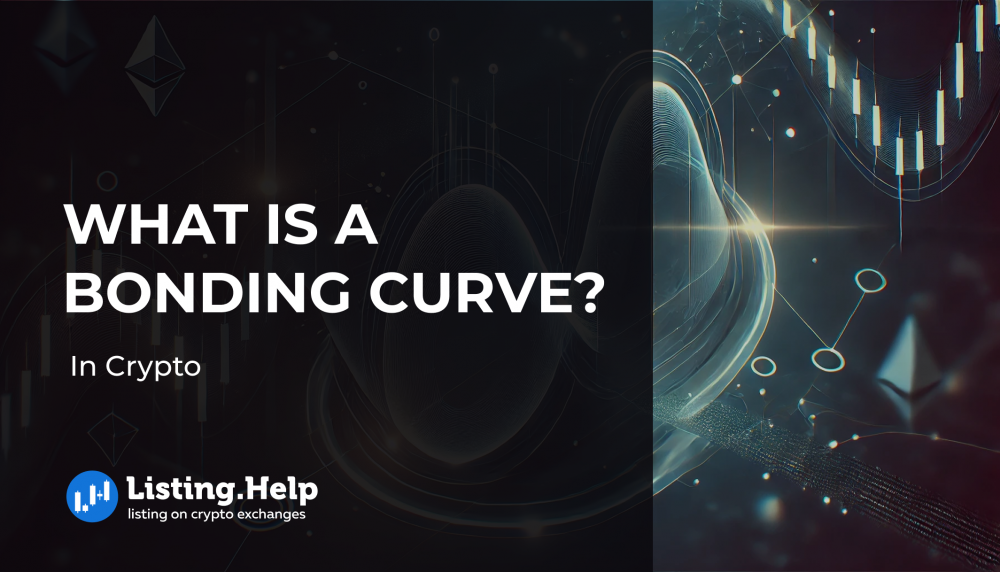


 December 22, 2025
December 22, 2025 